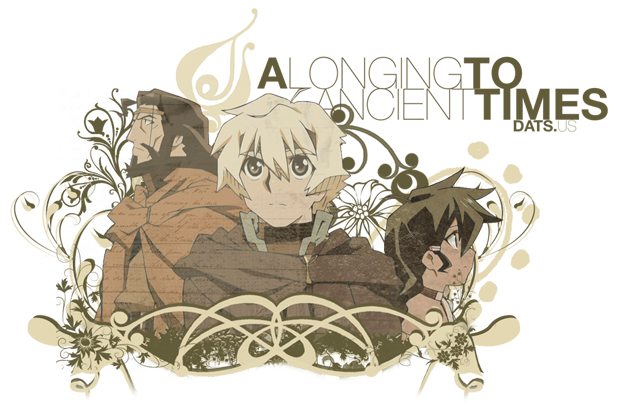fun duelist
Yuuki Juudai's Successor
Kanji needs clearing out.
Well, I am trying to figure out how Kanji works. I have just got started with the 5 Kanjis that Mirforever has posted in his thread. Here's the problem:
When is a certin Kanji spelled in a certin way and when would it be spelled in another?
I mean when am I supposed to spell 日 as Nichi, Ni, Jitsu, Hi, Bi? Also are these dashs Long Vowels?!
Finally, Is there like a chart for Kanji or are they arranged in a certin way to begin memorizing from? It's really quite hard and I am just trying to find a way to sort them and try working on the easiest first.
Well, I am trying to figure out how Kanji works. I have just got started with the 5 Kanjis that Mirforever has posted in his thread. Here's the problem:
When is a certin Kanji spelled in a certin way and when would it be spelled in another?
Kanji
Yup, on top of the above vocab, I’m giving you Kanji. Don’t worry too much though, I’m only giving you 5. Depending on different situations and combinations, these kanji can change their pronunciation, but their essential meaning remains basically the same.
日
Variations
ニチ、ニ、ニッ – day; sun; Sunday; (as a prefix or suffix) Japan
ジツ、ひ、-び、-ぴ – sun; day
Examples
日本:にほん/にっぽん ~ Japan
日よう日:にちようび ~ Sunday
本
Variations
ホン、-ホン – book; this; main; origin
ホン、-ポン、-ボン – (counter for long objects)
もと - origin
Examples
日本:にほん/にっぽん ~ Japan
本:ほん ~ book
学
Variations
ガク、ガッ – learning; study; science; (as suffix) -ology
まなぶ
Examples
学生:がくせい ~ Student
学年:がくねん ~ Academic Year
学こう:がくこう ~ School
生
Variations
セイ – birth; life (as suffix) student
ショウ、- birth; life う-まれる – to be born
い-きる – to live
なま - raw
Examples
学生:がくせい ~ Student
一年生:いちねんせい ~ 1st year student (freshman)
~生まれ:~うまれ ~ born in “~” (day/month/year, etc)
名
Variations
メイ、みょう、な – name; reputation; fame
Examples
名し:めいし ~ Name card/business card.
名まえ:なまえ ~ Name
Well, that’s all for now!
I mean when am I supposed to spell 日 as Nichi, Ni, Jitsu, Hi, Bi? Also are these dashs Long Vowels?!
Finally, Is there like a chart for Kanji or are they arranged in a certin way to begin memorizing from? It's really quite hard and I am just trying to find a way to sort them and try working on the easiest first.
